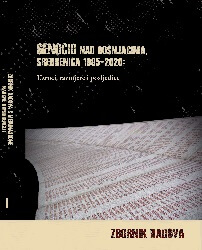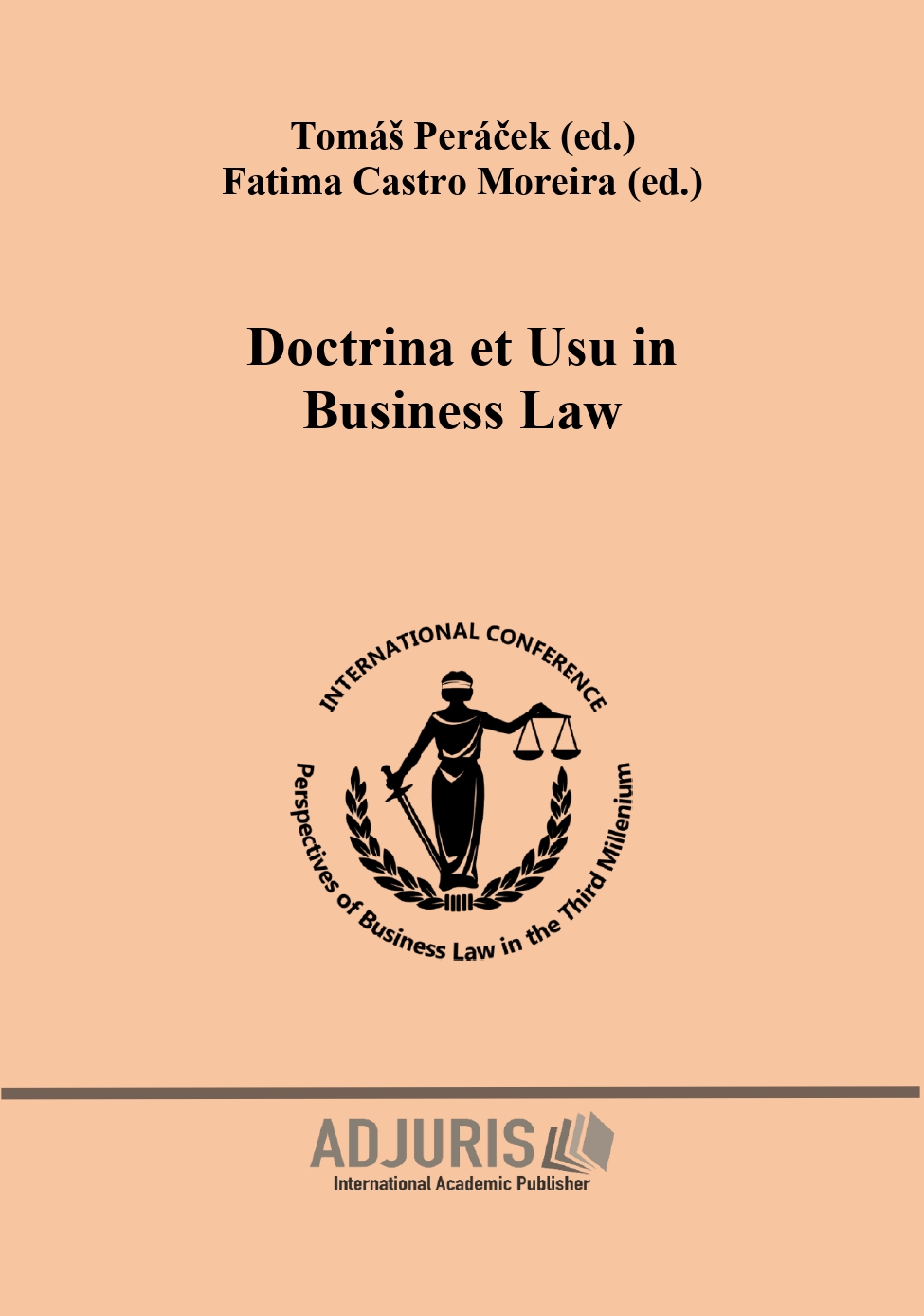Author(s): Merisa Karović-Babić / Language(s): Bosnian
Publication Year: 0
Relying on a detailed reconstruction of the “nine days of hell”, as ICTY judges characterized the period after the fall of Srebrenica, the public discourse on the Srebrenica genocide is completely dominated by July 1995 topics. However, the representation of earlier periods in historiography, which refer to very dynamic events within Srebrenica during 1992, 1993 and 1994, also occupies a significant place on the scale of research on topics related to the genocide in Srebrenica. Several important books, scientific and professional papers have been published on these issues, in which, for the most part, documents of military units surrounding and attacking Srebrenica were used as basic source material, primarily documentation of the VRS Drina Corps and the Yugoslavian Užice Army Corps. Based on the cited literature and available documents related to the events in Srebrenica from the beginning of 1993, the paper will present a synthesis of the circumstances that preceded the adoption of Resolution 819 in the United Nations Security Council. Relying mainly on the available documentation of UNPROFOR and the United Nations, the aim of this paper is to clarify what the newly appointed safe zone status has essentially brought to this area. Also, the adoption of resolutions related to safe zones was preceded by a series of discussions in the Security Council, with special reference to the question of what these zones should be called. Safe havens, protected zones, demilitarized zones and ultimately safe areas, were some of the proposals and, each of the above terms implied substantial differences in the status of these areas. In this paper, we will try to explain the essential differences between all these names, and finally, offer explanations why the Security Council opted for this name - safe areas. The paper will analyze the main shortcomings of the mentioned resolutions and other documents of the Security Council, ambiguities on the demilitarization of Srebrenica and Žepa, insufficient presence of UN forces, as well as ambiguity of UNPROFOR’s mandate in this area.
More...













